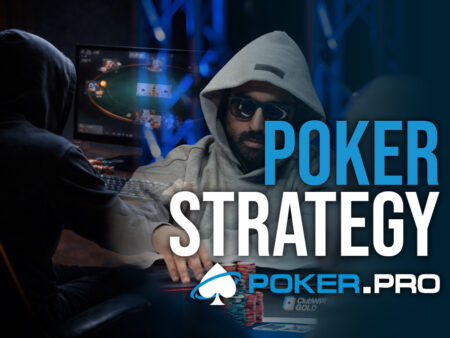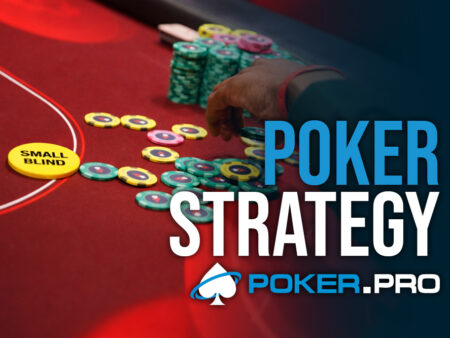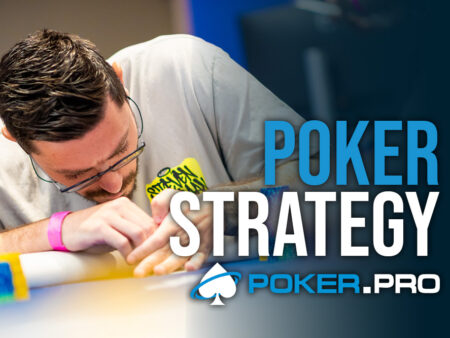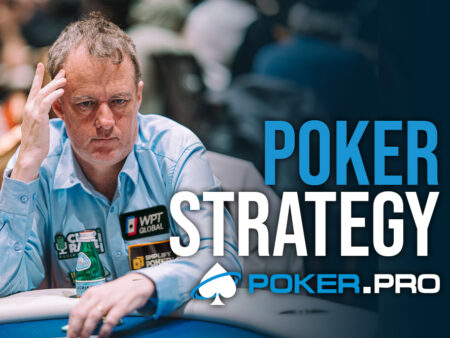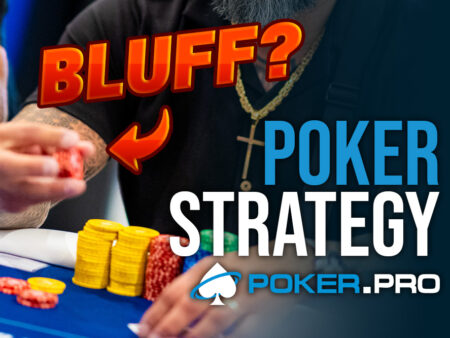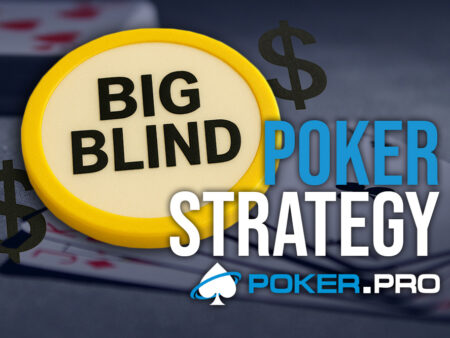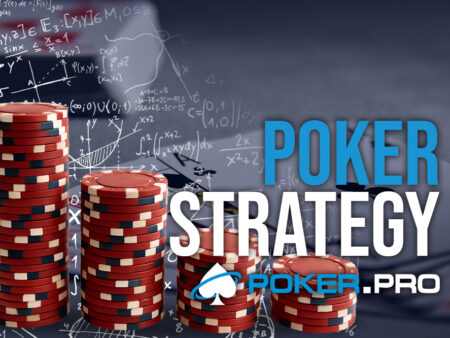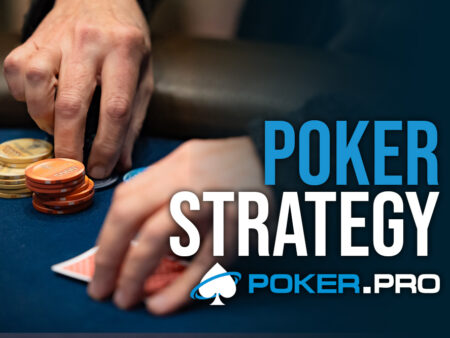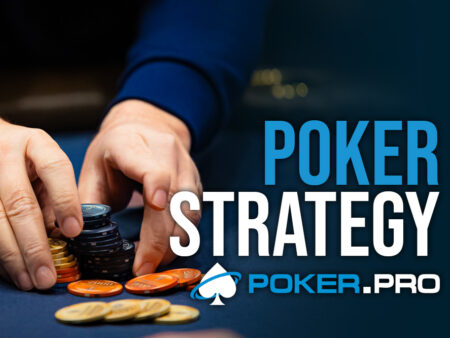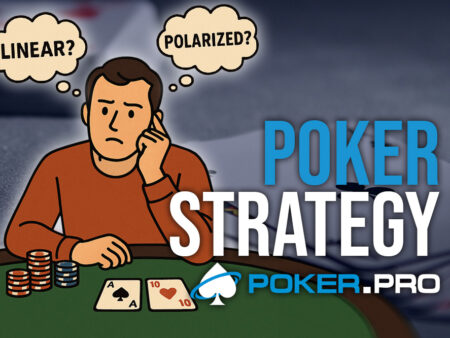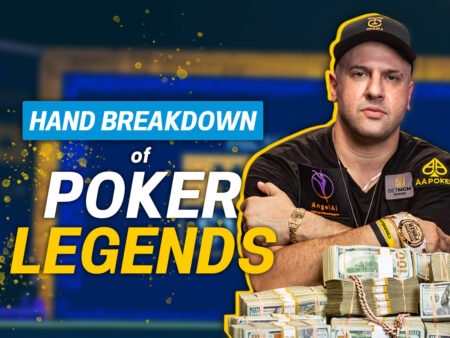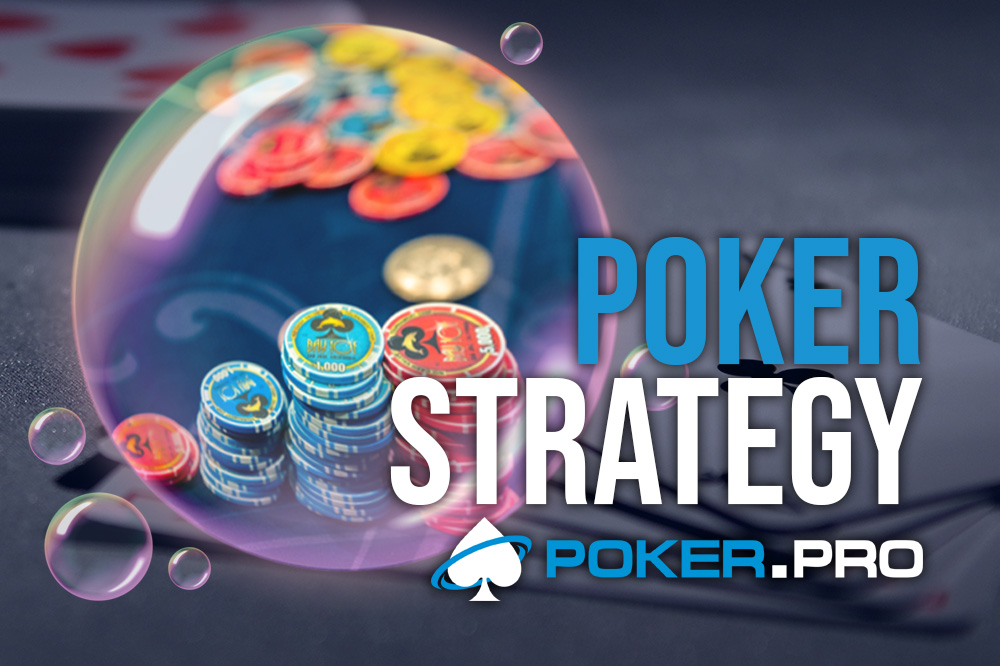
Introduction
In the world of competitive poker, particularly in multi-table tournaments (MTTs), the bubble represents one of the most pivotal and psychologically charged stages of play. The “bubble” occurs when only a few eliminations remain before the remaining players are guaranteed to receive a payout. This stage magnifies the significance of both chip accumulation and survival, as decisions here can dramatically affect a player’s expected value (EV) and long-term profitability. Central to success during this phase is the concept of stack geometry – the relative sizes of chip stacks at the table – and how it interacts with what is commonly referred to as the “bubble factor.” Understanding the synergy between these two dynamics enables players to navigate high-pressure scenarios more effectively, exploit opponents’ tendencies, and make mathematically sound decisions that balance risk and reward.
- Read more: Hand Breakdown Poker Legends Series – 2025 WSOP Main Event Champ Michael Mizrachi
- Read more: Poker as a Game of War: How FGS (Future Game Simulation) Transforms Tournament Strategy
Stack Geometry in the Context of the Bubble
Stack geometry refers to the distribution and relative proportions of chip stacks at a table. Unlike simple chip counts, stack geometry emphasises the relational aspect of stacks: who holds the big stack, who is short-stacked, and how middle stacks are positioned in relation to each other. During the bubble, this geometry becomes more than just an abstract consideration – it directly shapes the available strategies and the pressure players can apply or withstand.
A big stack with position on medium and short stacks can leverage immense fold equity by threatening opponents with elimination, while a medium stack sandwiched between larger stacks faces a uniquely constrained set of options. Conversely, the presence of ultra-short stacks introduces a form of risk buffer for other players, as the likelihood of an imminent elimination can encourage tighter play from mid-sized stacks hoping to ladder into the money. Thus, stack geometry functions as a strategic map that determines the flow of aggression, dictates ranges, and reshapes the value of marginal hands.
The Bubble Factor: Quantifying Risk Near Payout Thresholds
The bubble factor is a theoretical concept that quantifies the increased risk associated with losing chips near payout thresholds. In essence, it expresses the ratio between the value of gaining chips versus the cost of losing them. During the bubble, losing one’s stack often carries greater negative utility than the positive utility of doubling up, since elimination results in earning nothing while survival guarantees the chance to cash. As a result, the bubble factor inflates, particularly for medium stacks that stand to lose the most by busting just short of the money.
This concept underscores why players may fold hands that would otherwise be profitable in chip EV terms but are negative in terms of tournament EV (ICM, or Independent Chip Model). For example, a middle stack may decline to call an all-in shove with a hand like A-Q suited if the risk of busting outweighs the potential chip gain when measured against payout expectations. In this sense, the bubble factor acts as a mathematical translation of the risk-aversion inherent to tournament dynamics.
Interaction Between Stack Geometry and Bubble Factor
What makes the bubble uniquely challenging is the interplay between stack geometry and bubble factor. The bubble factor is not constant; it shifts depending on stack sizes at the table and the broader tournament field. Short stacks have a lower bubble factor, since busting is already a likely outcome, and doubling up significantly improves their tournament equity.
Big stacks, by contrast, can wield a lower personal bubble factor but impose a high bubble factor on others by threatening their tournament lives. Medium stacks are most constrained, as their bubble factor tends to be the highest: they are not desperate enough to gamble recklessly like short stacks, but they also cannot bully others as freely as chip leaders. Consequently, understanding stack geometry allows players to exploit the asymmetry of bubble factors – big stacks should attack relentlessly, short stacks should seek spots to double up with lighter ranges, and medium stacks must exercise selective caution while picking their spots carefully. This triangular tension creates a dynamic ecosystem of risk and reward that defines bubble play.

Strategic Implications for MTT Players
Mastering bubble dynamics requires both technical precision and psychological composure. From a strategic standpoint, players who grasp the relationship between stack geometry and bubble factor can adopt exploitative adjustments that punish opponents who misunderstand these forces.
For example, big stacks should open-raise liberally against medium stacks who are disincentivized to call, while targeting short stacks with more selective pressure to avoid doubling them up unnecessarily. Medium stacks should leverage position to pick off weak opens from chip leaders, while folding marginal hands in spots where elimination risk outweighs potential gain.
Short stacks, meanwhile, must recognise that their fold equity is diminished against larger stacks yet amplified against similarly sized opponents. Importantly, players must also remain aware of field-wide conditions, as bubble factor is not solely a table-level phenomenon but one that reflects the overall tournament structure and payout distribution. By incorporating these nuanced adjustments, players can turn the bubble from a stage of anxiety into a platform for calculated exploitation.
It’s critical to understand that the bubble stage of an MTT represents a confluence of psychological tension, mathematical rigour, and strategic complexity. At its core, successful navigation hinges on the interplay between stack geometry and the bubble factor. Stack geometry frames the relative leverage and constraints of each player’s position, while the bubble factor provides the quantitative rationale for why chip accumulation and preservation are valued differently in this unique stage of play. Together, they form a dual framework that guides decision-making and reveals profitable deviations from standard chip EV play. For players seeking long-term success, internalising these concepts transforms the bubble from a fearful threshold into a strategic battlefield where disciplined aggression and calculated risk management can yield both immediate payouts and deeper runs.
Let’s look at a couple of hand examples to illustrate how stack geometry and bubble factor influence real decision-making during the bubble:
Medium Stack Decision on the Bubble
Consider the following situation in a $100 buy-in multi-table tournament. The top 90 players will make the money, and there are 92 players left. You are seated at a 9-handed table with the following stack distribution (blinds are 2,000/4,000 with a 4,000 ante):
- Seat 1 (Big Stack): 180,000 chips
- Seat 2 (Medium Stack): 92,000 chips (you)
- Seat 3 (Medium Stack): 85,000 chips
- Seat 4 (Short Stack): 18,000 chips
- Seat 5 (Short Stack): 22,000 chips
- Seat 6 (Medium Stack): 105,000 chips
- Seat 7 (Big Stack): 160,000 chips
- Seat 8 (Short Stack): 15,000 chips
- Seat 9 (Medium Stack): 88,000 chips
Here, your stack of 92,000 is roughly 23 big blinds, which qualifies as a healthy medium stack. Several short stacks at the table (15-22k, or ~4-6 big blinds) are in imminent danger of busting.
Now, suppose action folds to the big stack in Seat 1, who raises to 9,000. You are in Seat 2 on the cutoff and look down at A♦Q♦.
The Chip EV Perspective
From a pure chip EV standpoint, A-Q suited is a strong hand, likely ahead of the raiser’s opening range. Against a wide button-style open, a shove or call would usually be profitable. In a cash game or early tournament stage, calling or re-raising aggressively would be standard.
The Bubble Factor Perspective
However, the bubble factor transforms this situation. Busting here would mean walking away with nothing, while surviving even a few more hands almost guarantees making the money. Since there are multiple micro stacks with only 4 – 6 blinds, the likelihood that one of them busts soon is very high. This reality inflates your bubble factor: the negative utility of busting is much greater than the positive utility of potentially doubling up.
Thus, calling or shoving A-Q suited, while chip EV profitable, could be ICM negative because your tournament equity is maximised by waiting out the shorter stacks.
Stack Geometry Considerations
Stack geometry further complicates the decision. The big stack in Seat 1 has you covered and knows you are constrained by the bubble. Their raising range is likely wider than usual, as they can exploit your inability to call light. Meanwhile, the short stacks at the table limit the pressure on you to gamble – you have less incentive to risk elimination because their presence almost guarantees pay jumps in the near future.
Optimal Adjustment
The most disciplined play here is to fold A-Q suited, even though it feels counterintuitive. The combination of your medium stack position, the inflated bubble factor, and the presence of ultra-short stacks makes folding the higher-EV decision in terms of tournament survival and payout equity. Conversely, if you held the same A-Q suited hand as the short stack with only 5 blinds, shoving would be correct – the bubble factor is low for short stacks because their risk of elimination is already maximal, and doubling up drastically increases their equity.
This hand highlights the essence of bubble dynamics: strong absolute hands can become folds for medium stacks under ICM pressure, while weaker hands may become shoves for short stacks. Stack geometry contextualises these shifts, and the bubble factor provides the mathematical reasoning behind them. Recognising when to abandon chip EV logic in favour of tournament EV maximisation is what separates elite MTT players from the rest.

Short Stack Decision on the Bubble
Imagine the same $100 buy-in multi-table tournament, with 92 players left and 90 spots paid. Blinds are still 2,000/4,000 with a 4,000 ante. You now hold one of the shortest stacks at the table with 20,000 chips (~5 big blinds). The table looks like this:
- Seat 1 (Big Stack): 160,000 chips
- Seat 2 (Medium Stack): 95,000 chips
- Seat 3 (Medium Stack): 88,000 chips
- Seat 4 (Short Stack): 18,000 chips
- Seat 5 (Big Stack): 175,000 chips
- Seat 6 (Medium Stack): 110,000 chips
- Seat 7 (Short Stack): 20,000 chips (you, on the button)
- Seat 8 (Medium Stack): 90,000 chips
- Seat 9 (Short Stack): 16,000 chips
The action folds to you on the button, and you pick up K♠J♠.
The Chip EV Perspective
With only 5 blinds, K-J suited is a very strong hand. From a chip EV standpoint, shoving here is clearly profitable, especially since blinds and antes represent a meaningful addition to your stack. If both blinds fold, you immediately increase your stack by ~7,000 chips, a 35% boost.
The Bubble Factor Perspective
Unlike medium stacks, your bubble factor is low. You’re already on the brink of elimination, so the penalty of busting is less dramatic – your tournament equity is already compressed compared to the medium and big stacks. In other words, waiting to ladder is far less effective for you, because blinds will soon erode your stack to an unplayable level. For short stacks, the value of doubling up outweighs the risk of busting.
Stack Geometry Considerations
The geometry here works in your favour. Both blinds are medium stacks, which means they carry a high bubble factor and are less likely to call your shove without a premium hand. They don’t want to risk their comfortable position just before the money. If a big stack were in the blinds, the situation would be more dangerous, as they could call wider and pressure you.
Optimal Adjustment
Here, the correct play is to shove all-in with K-J suited. Even though there are other short stacks at the table, your fold equity against medium stacks is high, and doubling up gives you a chance to re-enter the tournament with 10+ blinds, vastly improving your payout potential. Folding here would leave you too short to recover and reliant on luck to squeak into the money.
Whereas the medium stack had to fold A-Q suited to avoid unnecessary risk, the short stack must embrace aggression with K-J suited. The contrast underlines a critical truth about bubble play:
- Short stacks should seek spots to gamble with reasonable equity, because their bubble factor is low and survival by folding is rarely sustainable.
- Medium stacks should often avoid marginal confrontations, because their bubble factor is high and survival carries more relative value.
- Big stacks should exploit both situations by bullying medium stacks and calling short stacks correctly.


